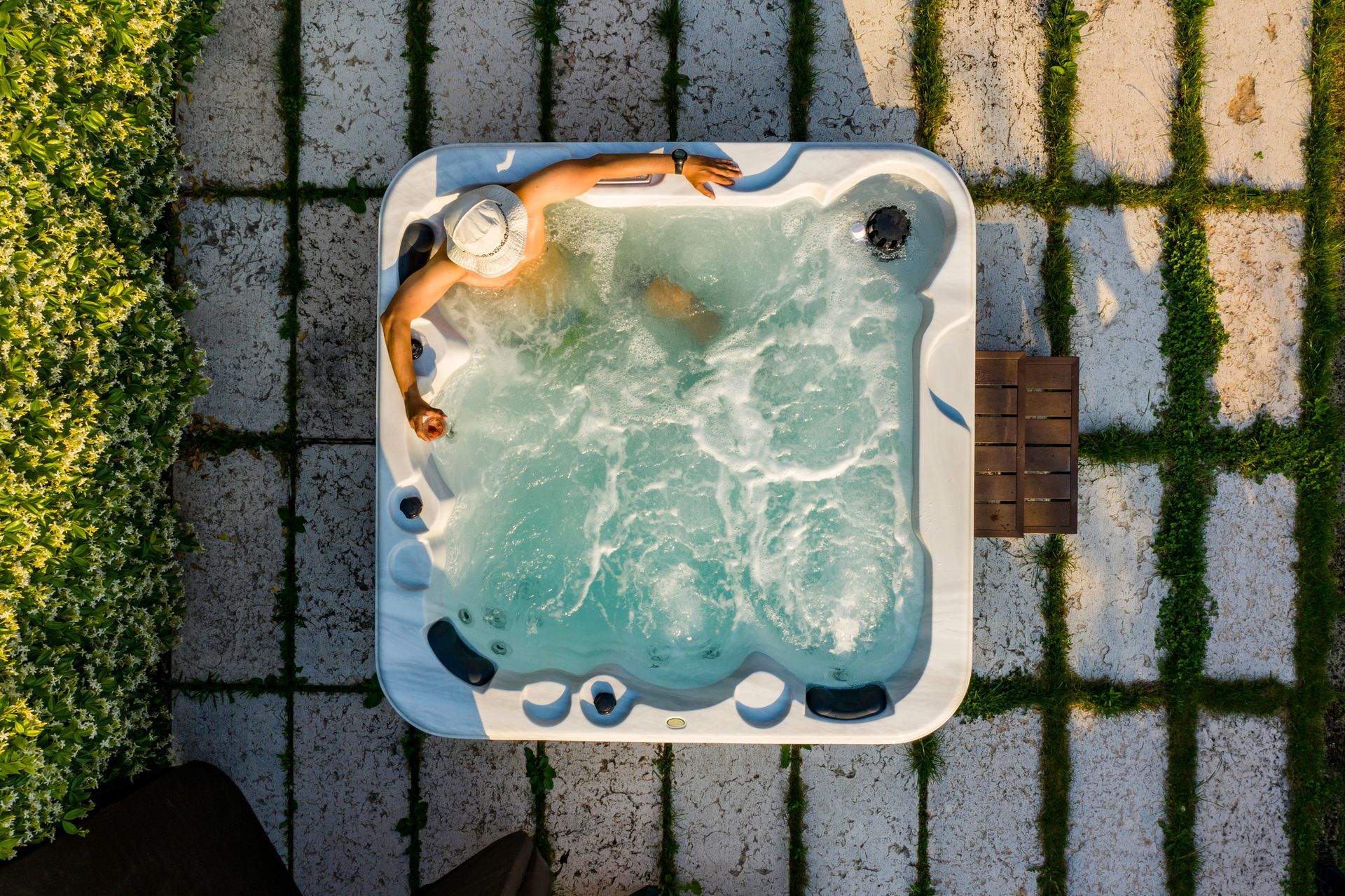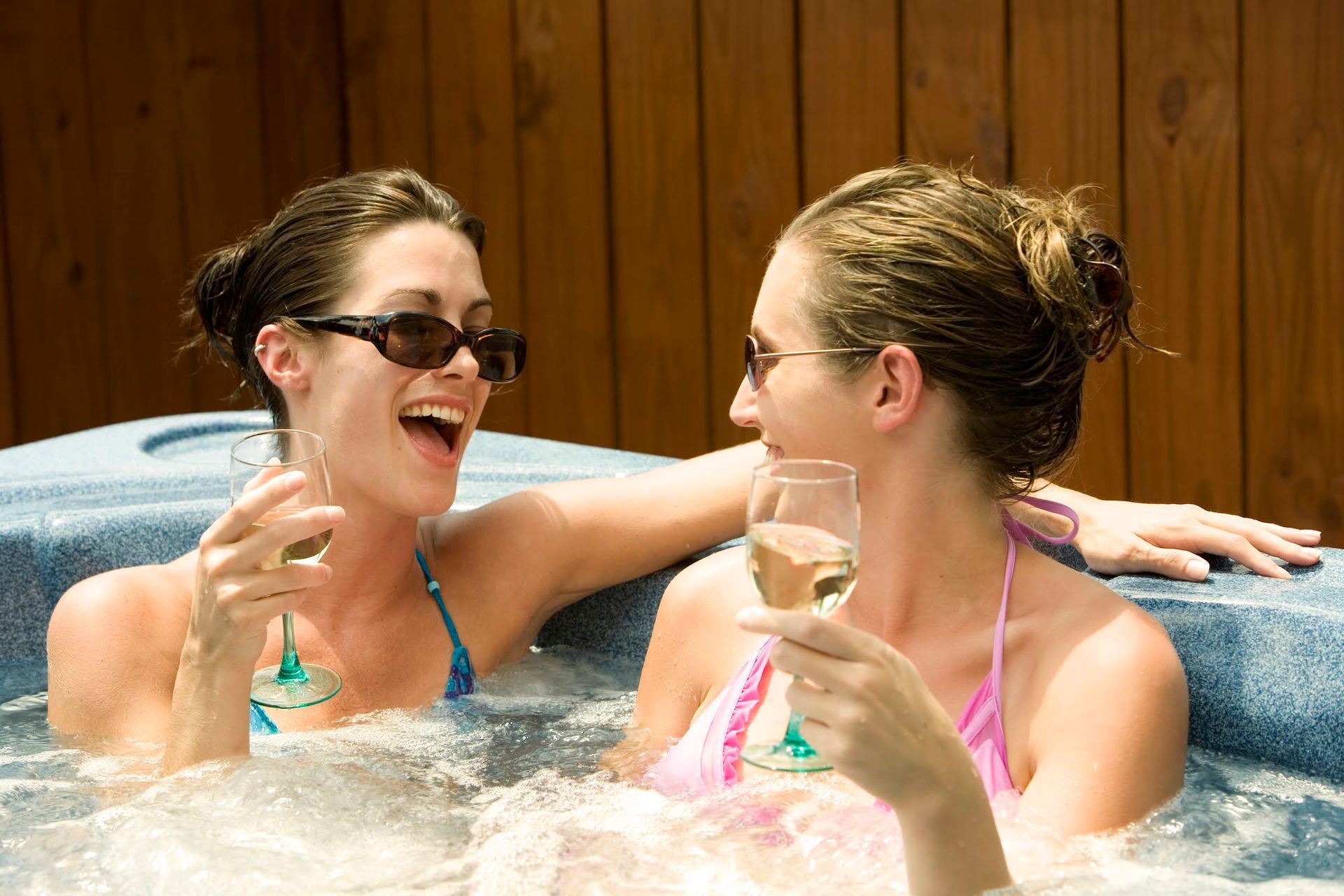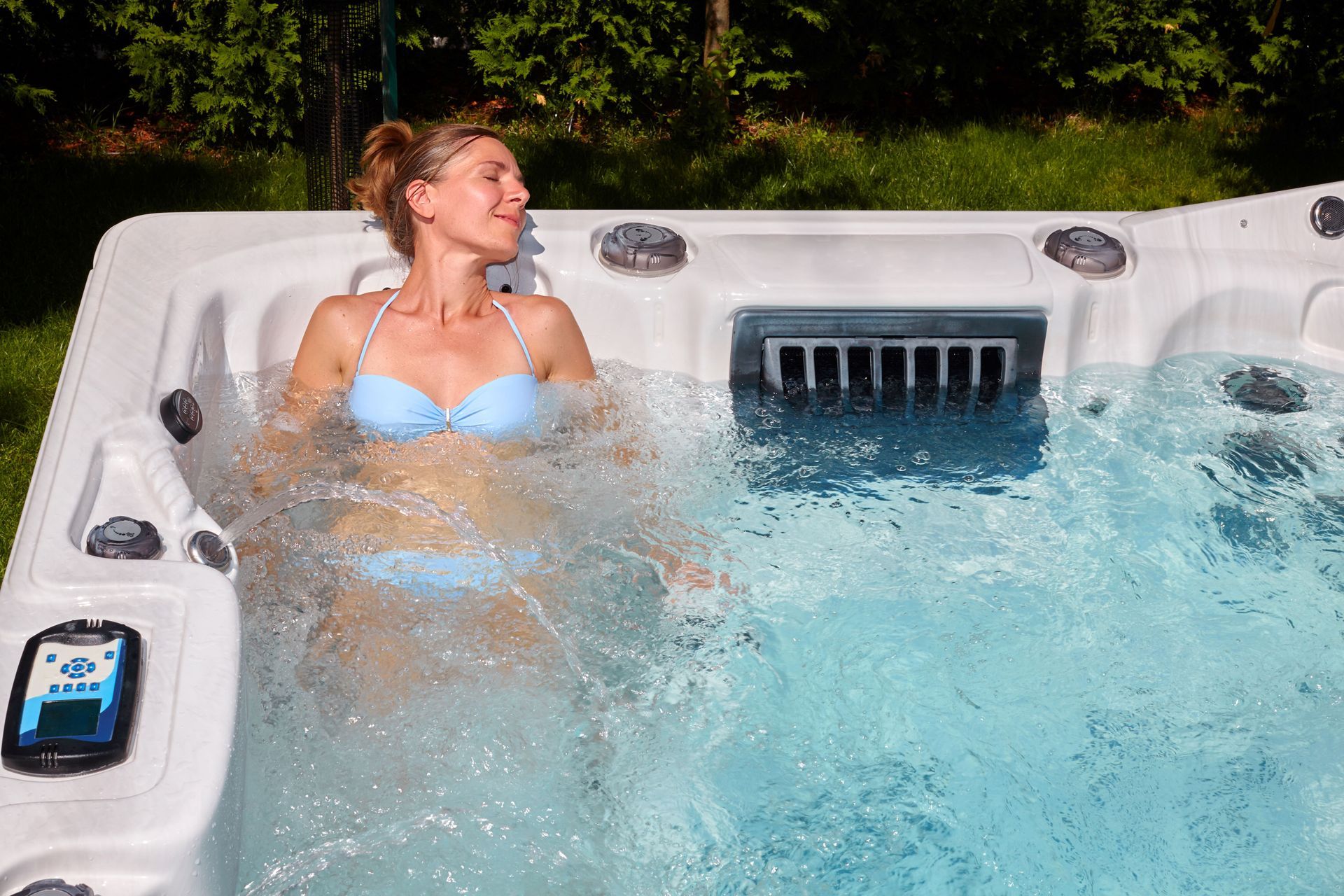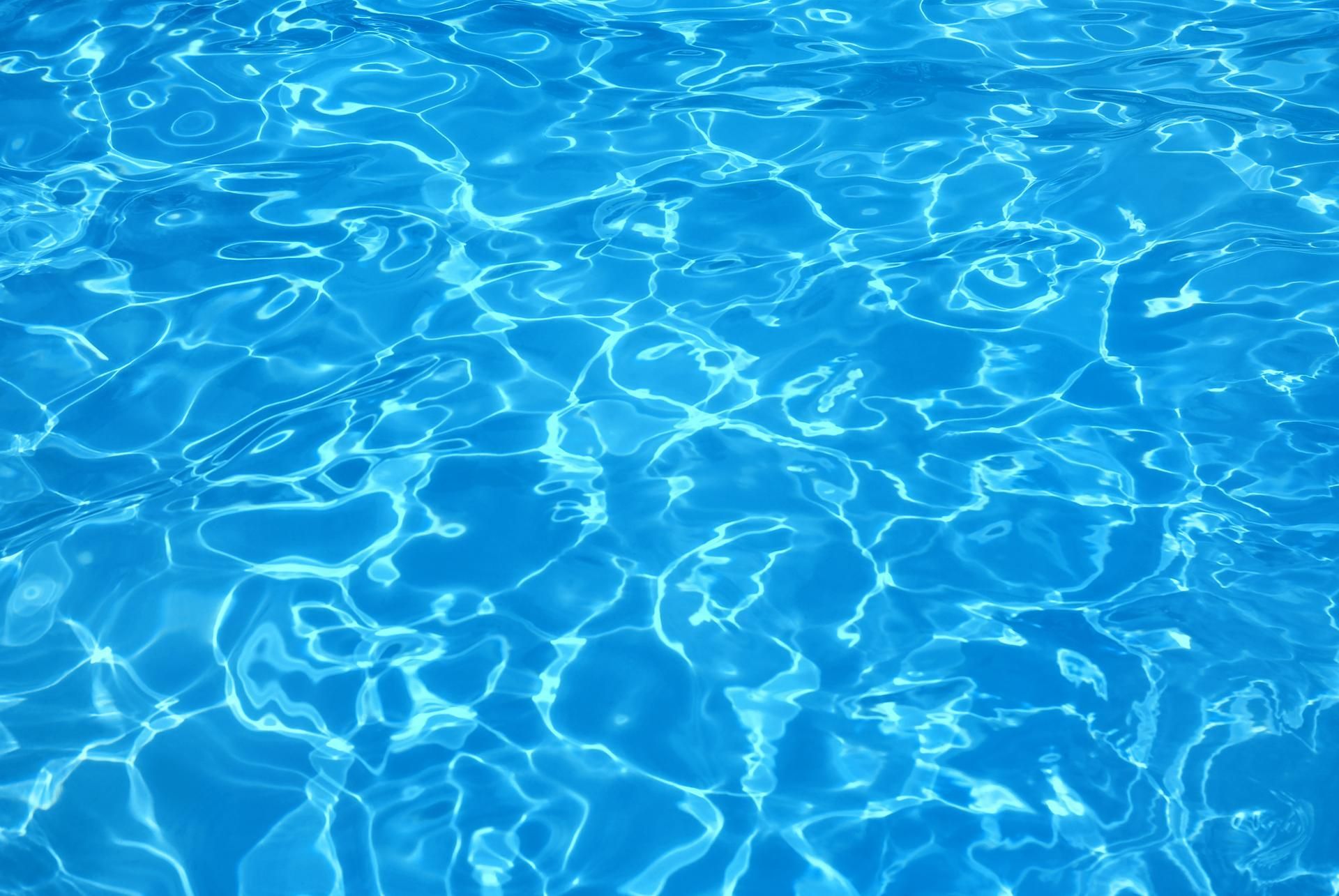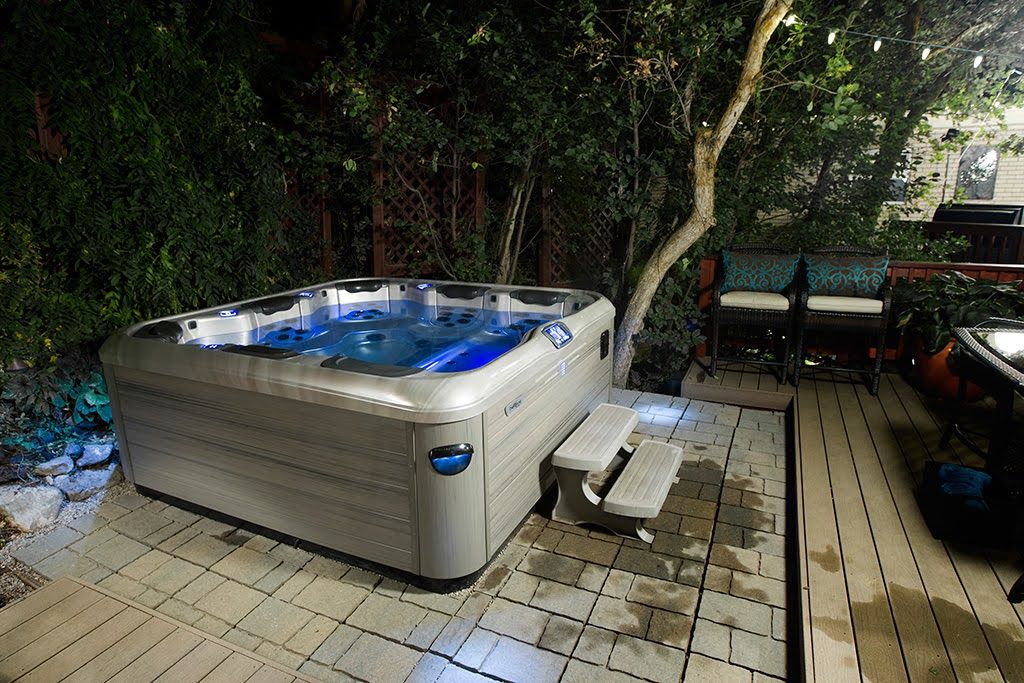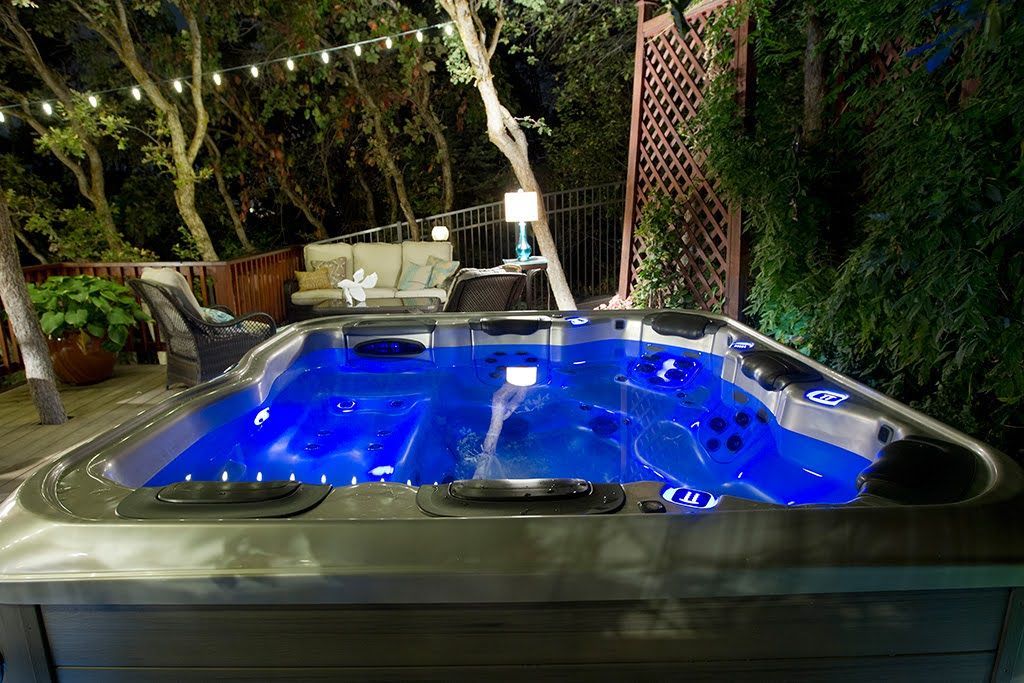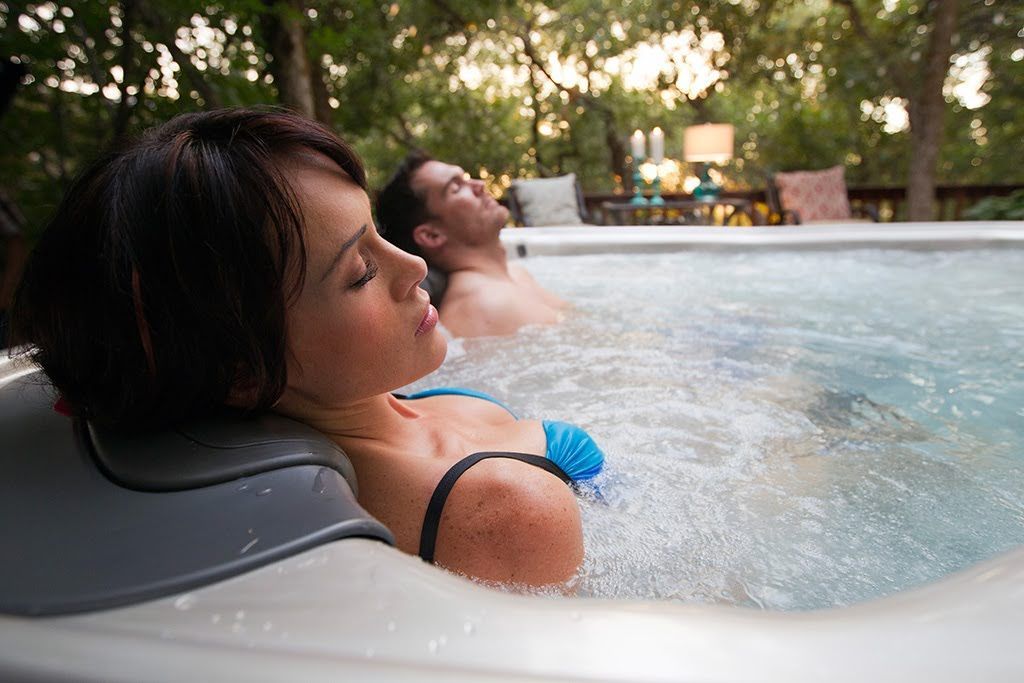Essential Chemicals and Alternative Sanitizers for Hot Tubs

Soaking in a hot tub can be the ultimate relaxation experience. But have you ever stopped to consider what keeps that water so crystal clear and inviting? It's all about the right balance of chemicals. Maintaining the chemistry of your hot tub ensures your water stays pristine and keeps it safe for you and your loved ones. In this article, we'll delve into the essential chemicals typically used in hot tub maintenance.
The Role of Sanitizers
Sanitizers, like chlorine or bromine, occupy a primary spot in your hot tub's maintenance routine. These substances effectively kill bacteria and other microorganisms, ensuring that the water is safe for you to dwell in. They're continually added to the water, maintaining a constant level to guarantee safety.
The Necessity of Shock Treatments
Next come shock treatments, which 'shock' the water in your hot tub. These treatments remove organic matter in the tub, such as body oils or dead skin cells, that sanitizers may not easily eliminate. Oxidizing shock treatments, for instance, create beneficial oxidation reactions that break down these organic materials.
The Purpose of pH Balancers
Crucial to your hot tub's chemical balance are pH balancers. These come into play to maintain the water's acidity or alkalinity. It's the pH levels that prevent the water from becoming too acidic or alkaline, thereby preventing damage to the tub and irritation to your skin.
Alkalinity Increasers and Why They Matter
Alkalinity increasers work in tandem with pH balancers. They help stabilize the pH level in your hot tub, preventing it from fluctuating between acidity and alkalinity. Sodium bicarbonate, often used as an alkalinity increaser, contributes to keeping your hot tub's water chemistry stable.
Understanding the Use of Calcium Hardness Increasers
Finally, there are calcium hardness increasers. These ensure that the calcium levels in your hot tub's water are appropriate. High calcium levels can lead to scale build-up, while low levels can cause the water to become corrosive. Hence, calcium hardness increasers, such as calcium chloride, provide a balance, creating a more enjoyable and safer soak.
Chemical-Free Hot Tubs
Ionization technology for hot tubs represents a cutting-edge approach to maintaining water cleanliness and hygiene without relying heavily on chemicals. This method uses ions of copper and silver to purify the water, effectively eliminating bacteria, algae, and other pathogens. The process involves passing a low-voltage current between electrodes made of these metals, releasing ions into the water. These ions have natural antimicrobial properties that not only disinfect the water but also prevent microbial growth without altering the water's pH or causing harm to the hot tub's surfaces and equipment. Ionization systems are easy to install, operate silently, and reduce the need for traditional chemicals, making them an eco-friendly choice for hot tub owners looking for a healthier soaking experience.
Ozone generators offer another method that limits the use of traditional chemicals. Proven effective in sanitizing hot tub water, ozone generators break down various contaminants and push them out of the hot tub. By injecting ozone gas into the water, they oxidize contaminants, thereby rendering them harmless. It's paramount to remember, though, that while ozone generators are efficient, they need sufficient contact time to be effective. However, they are often used in conjunction with other cleaning methods, so you should consult your hot tub maintenance team before deciding if ozone generators are right for you.
So you've seen that maintaining your hot tub doesn't have to be a chemical-heavy process. Traditional methods like chlorine and pH balancers have their place, but emerging, chemical-free alternatives are worth exploring. Remember, it's all about understanding and effectively combining these methods to tailor a solution that works for you. Reach out to our team at Wellis Hot Tubs of Colorado to get started.

Contact Information:
Business Hours:
Mon - Fri 10 am - 6 pm
Sat 10 am - 5 pm
Sun 11 am -4 pm
Payment Options:
Financing Available with Approved Credit Through Wells Fargo





